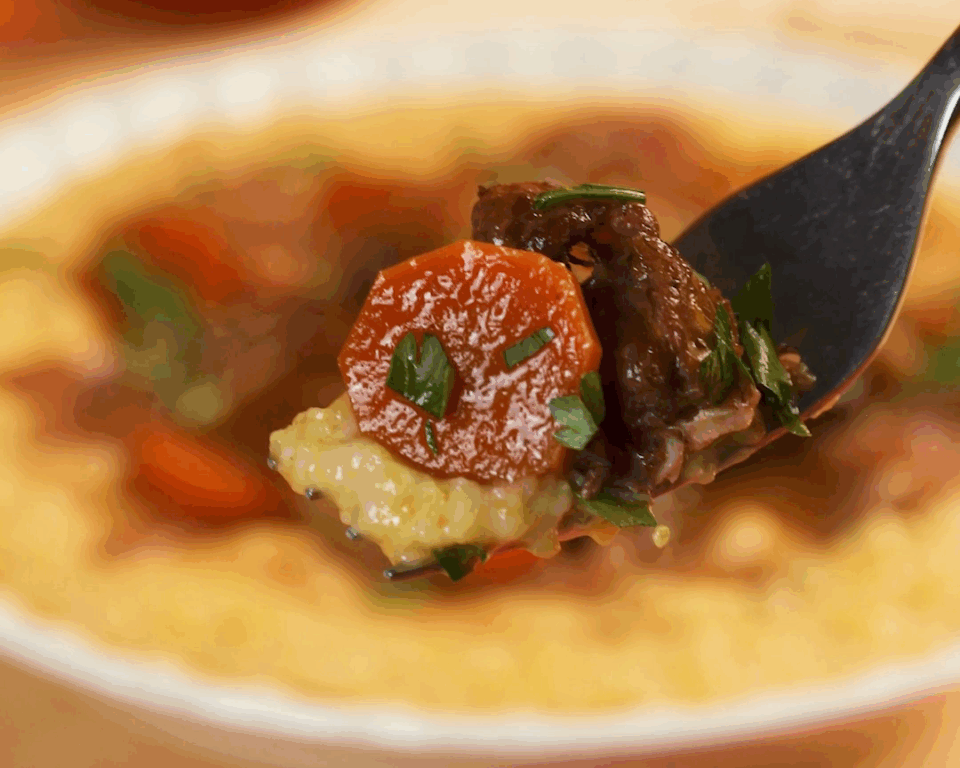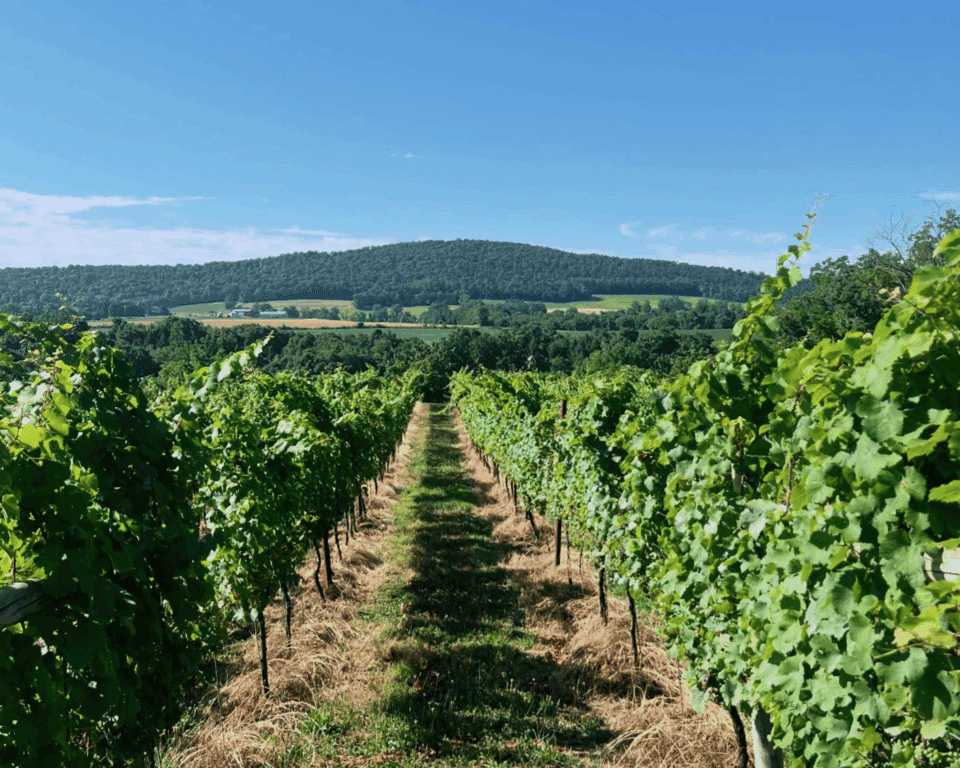The Laurel Highlands is a special southwestern Pennsylvania region known for its natural splendor, cultural landmarks and rugged adventure. Nestled into the Allegheny Mountains and spanning five counties, it’s steeped in history including battle sites, massive industrial shifts and celebrated architecture like Fallingwater. Tourists flock to the area for sightseeing, adventure and a surging farm-to-table movement that includes the area’s local estate wineries. Wine industry leaders seek to designate the Laurel Highlands a Pennsylvania Viticultural Area for its distinctive terroir and evolving winemaking culture.
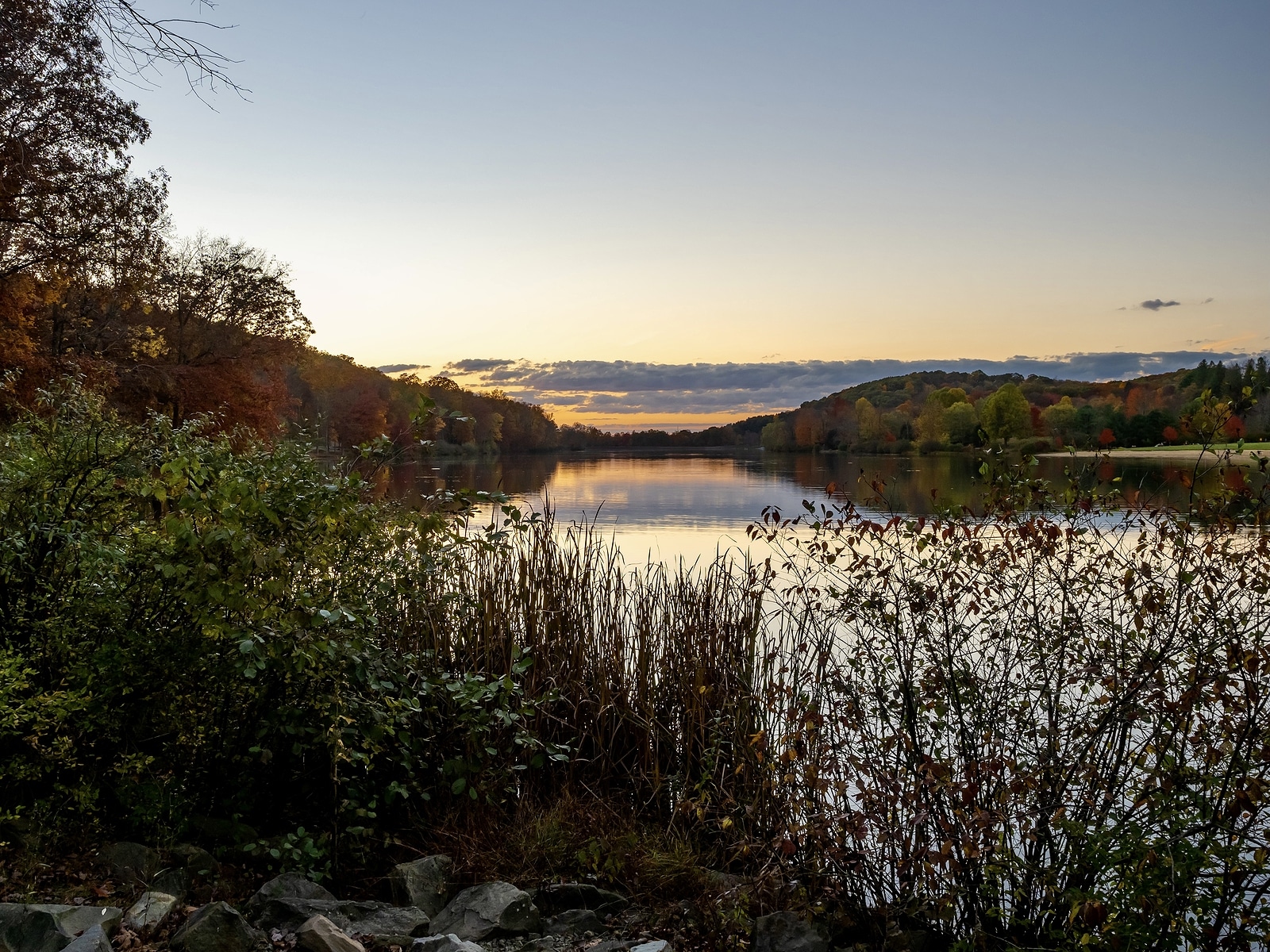
We spoke to Jay Bell, owner of Bella Terra Vineyards in the Laurel Highlands. He owns two vineyards in the region, from which he produces a varied portfolio of popular and award-winning wines. He shared an inside look at what it’s like to make wine in the area.
The Climate and Terroir
The Laurel Highlands cover roughly 200,000 acres of varied and rugged terrain, from the highest mountain peak in Pennsylvania (Mount Davis) to deep, steep-sided valleys. It encompasses Fayette, Somerset and Westmoreland counties and dips into Bedford and Cambria counties as well.
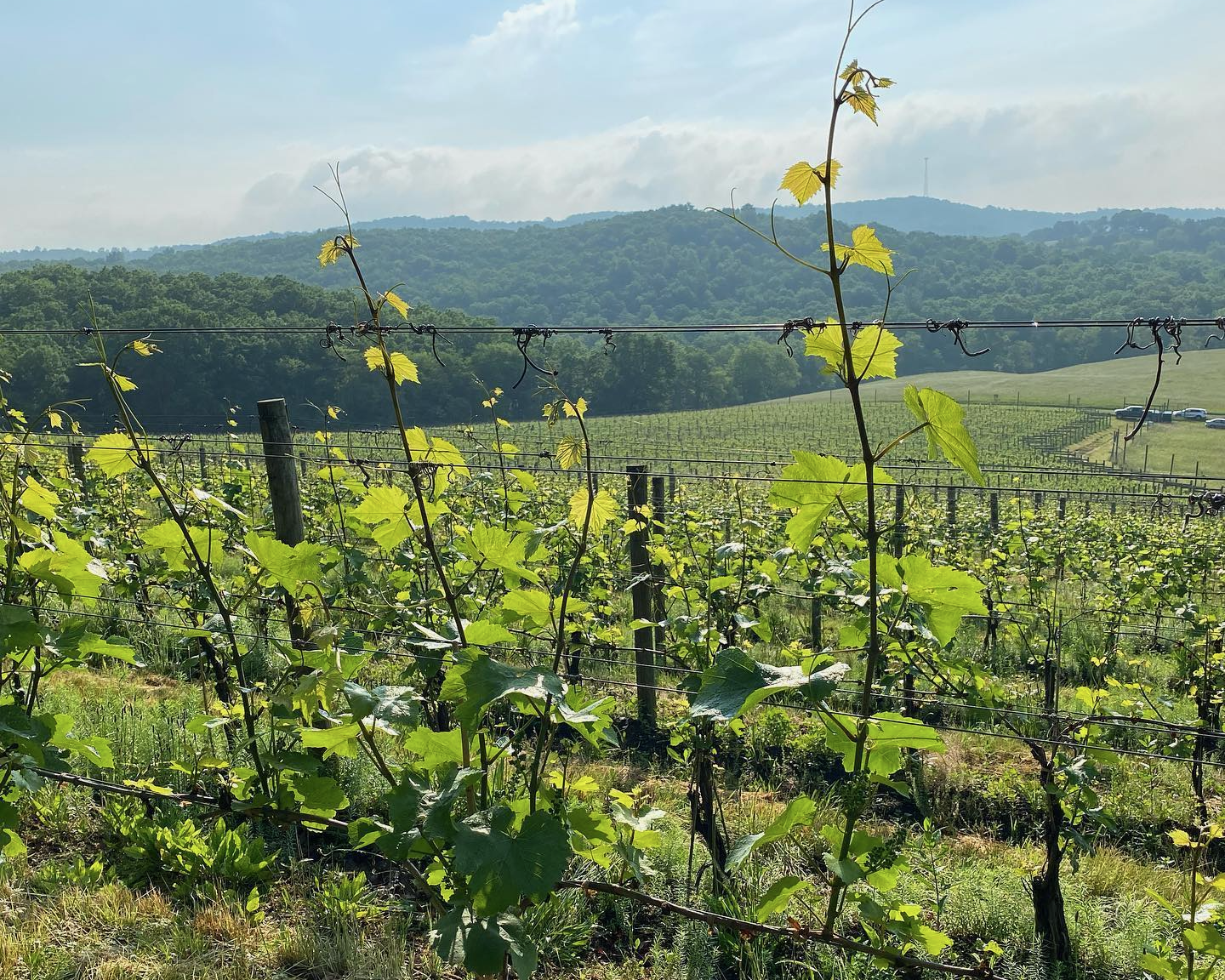
Chardonnay vines at Bella Terra Vineyards
Like the terrain, the soil is varied, but typically drains well. Sandstone and shale rock dominate, and you’ll find a lot of stony sandy loam and silt loam with clay. Bell had ultrasonic surveys performed on his sites to better understand the geology and subsoils before planting. “Even within our vineyard, there was quite a variation of soil types,” he says. “We had extremely well-drained areas low in nutrients, high nutrient areas and spots with just straight, hard rock. I was able to pick our varieties based on that information, and I think that’s key in our area.”
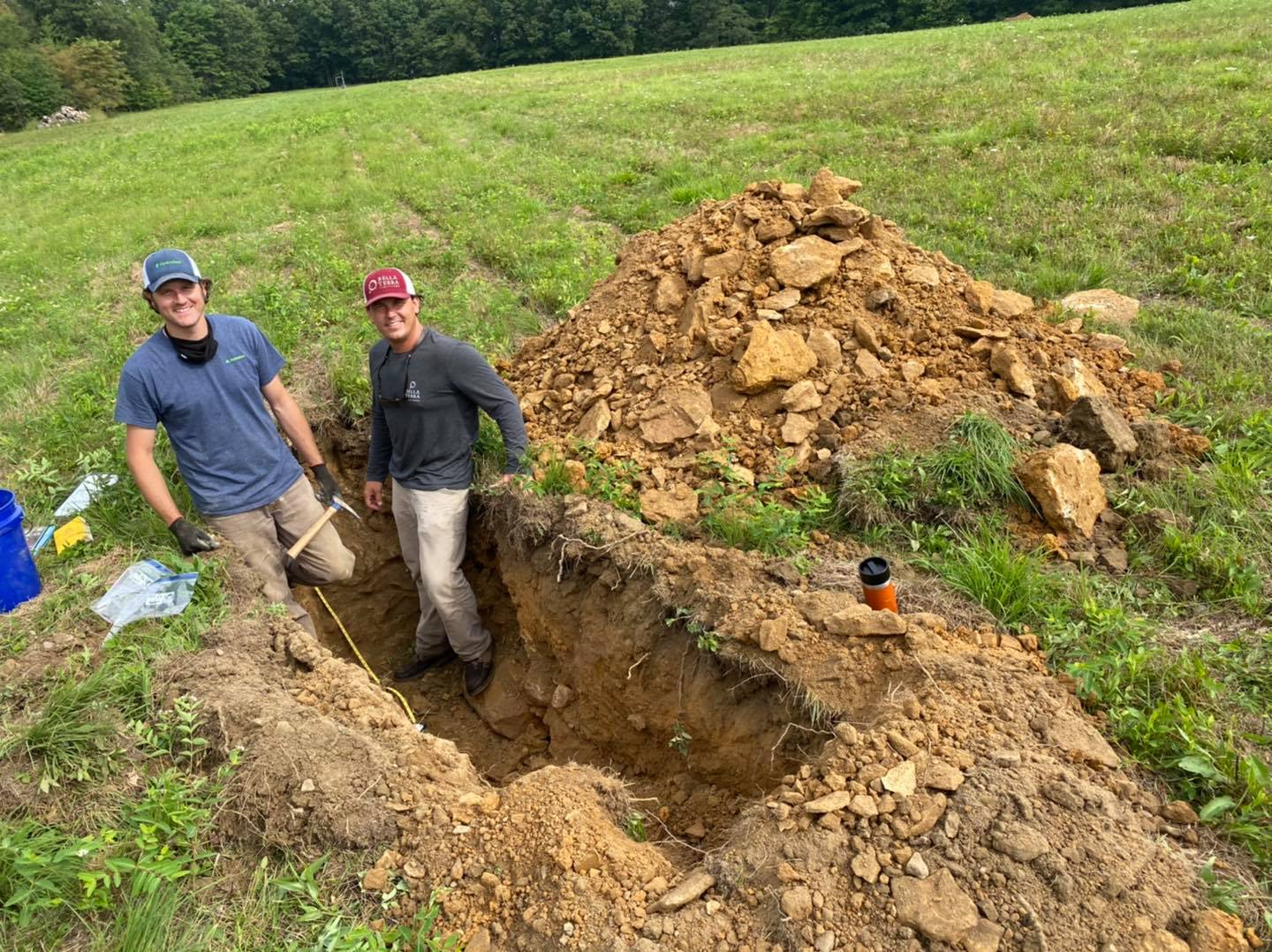
Soil boring and testing at the Sandworks Vineyard
Typically, flat and fertile soil that’s welcoming of crops is not ideal for grapevines. They thrive with some stress, which cues them to focus energies on the fruit rather than the canopy. “Vines love difficult soil,” says Bell. “They love stone, rocks and sand. It makes for amazing wine.”
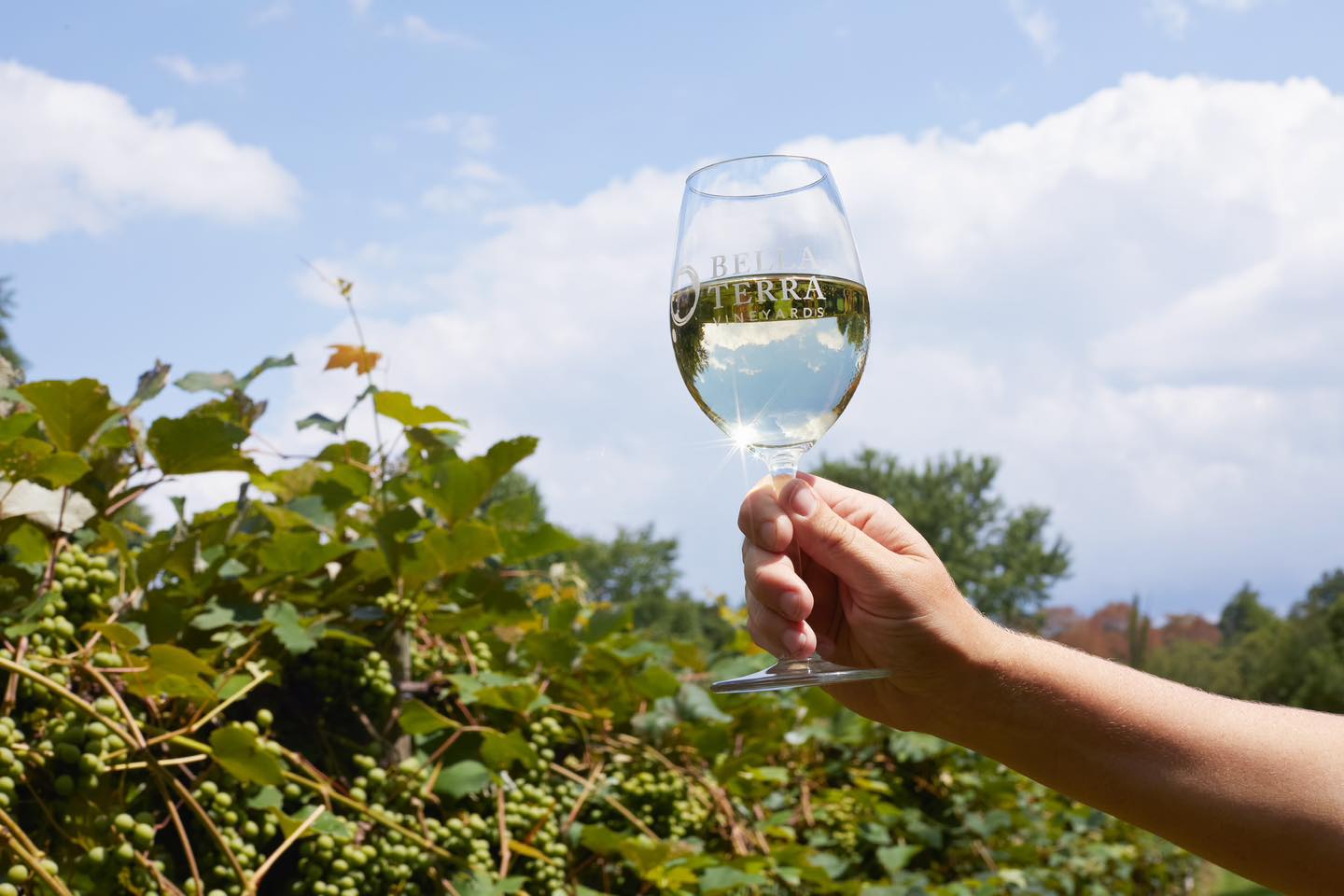
Climate-wise, the region is cooler and wetter than surrounding areas. It’s humid and warm in the summers and cold in the winters, with the most cumulative snowfall in the state. Having a site on a south-facing slope is therefore ideal for the direct sunlight effects that warm and dry the vineyard.
The Grapes and Wines
Bella Terra is known for its diverse portfolio of vinifera and hybrids, particularly “good, soft, well-rounded, deep and dry wine,” Bell says. This includes dry whites like Grüner Veltliner and Chardonnay and dry reds like Cabernet Franc, Malbec, Petit Verdot and Merlot, which earned top 10 at the 2024 Sommelier Judgement of PA Wines.

Bell has also had unlikely success with Pinot Noir, a notoriously difficult grape. He says, “We’ve had amazing luck at ripening Pinot Noir. For two years now, I’ve gotten it to almost 25 brix and a pH of 3.6. It will make some really full bodied Pinot Noir, which is not very typical for the East Coast.” He attributes this to the Sandworks Vineyards site in Westmoreland County, which receives a bit more protection from heavy rains and generally warmer temperatures on its side of the mountain.

Bella Terra Vineyard’s Pinot Noir harvest
Beyond cold-hardy vinifera, Bell sees tremendous potential in French hybrids. “This year, the metrics on Seyval Blanc were wonderful,” he says. “It’s super smooth and soft with no high astringency. Chardonel does well, too, and holds a low pH while the sugar levels soar, for crispness and sweetness at once.
“I think our region could do really well with sparkling wines,” Bell says. Sparkling wines don’t require as long of a ripening period, which works with the relatively cold temperatures. The grapes also benefit from diurnal swings experienced at high elevations, with sugars developing during the warm days and acidity preserved during cool nights. Bell plans to use Chardonel, with its complex characteristics, to create balanced and lively sparkling wines.
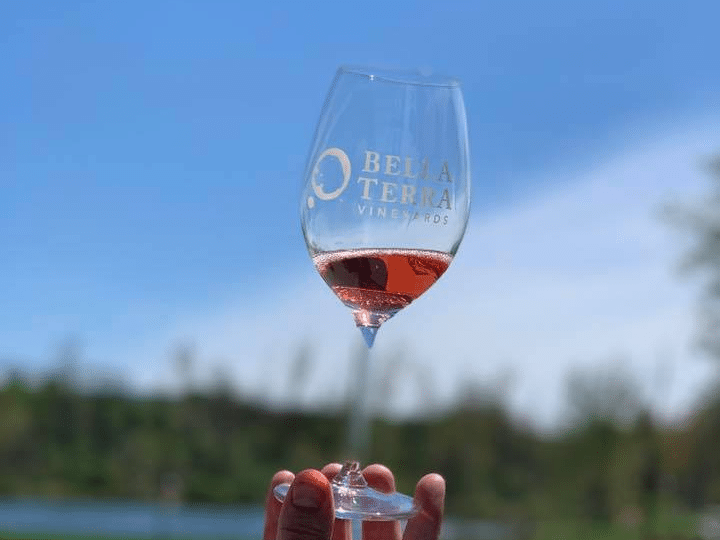
Sweet sparkling Summer Sangria
There’s a demand for sweet wines throughout the state, which this region can meet with its sparkling wines and lighter grapes like Riesling and Chambourcin. Wine from juice grapes like Concord, Niagara and Catawba, cider wines and fruit wines also fit the bill.
A Growing Destination
The Laurel Highlands have been a tourist destination for decades, with attractions for history buffs, outdoorsy folk and agritourists alike. As its winemaking identity evolves and solidifies, Bell hopes to see the viticultural community strengthen. “More vineyards in the area makes everything easier. It creates a larger labor pool, more of a demand for equipment and opportunities for sharing and collaboration,” he says.
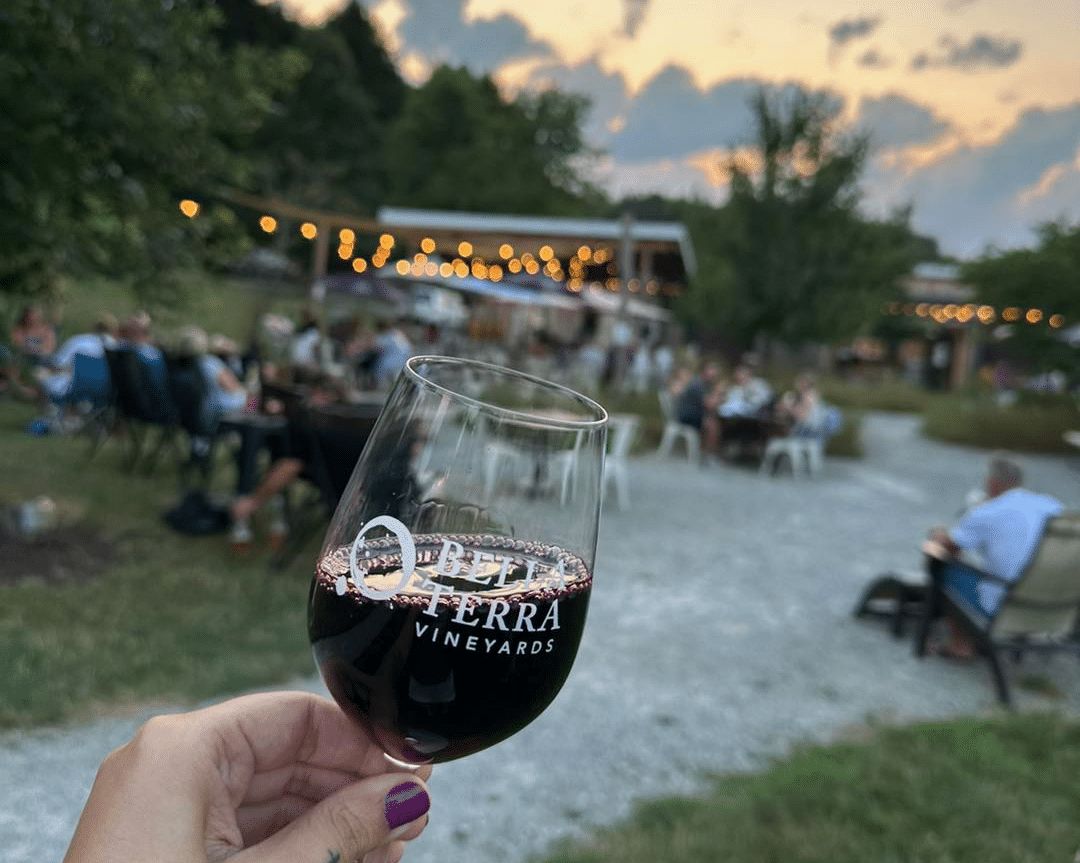
Wineries in the region add to its appeal with unique experiences and special events. Calendars full of live music, open houses, themed tastings and seasonal parties keep visitors busy and the Laurel Highlands’ Pour Tour helps you navigate the many craft beer, wine and spirits destinations. Bella Terra offers an “inside out” experience with its igloos, which allow you to enjoy a beautiful starry evening from the snug comfort of a warm igloo and its food menus allow you to sample local flavors while tasting the terroir.
We’re excited to see the Laurel Highlands wine scene grow. You can start exploring the wineries of the region by zip code to map your itinerary. We suggest starting with Bella Terra Vineyards and Bella Terra Bedford to sample some spectacular expressions of the region’s terroir. 121 Sunny Lane, Hunker; (724)635-3658, 113 S. Richard St., Bedford; (814) 623-1051.
The PA Vines & Wines series was created in collaboration with the Pennsylvania Wine Association.
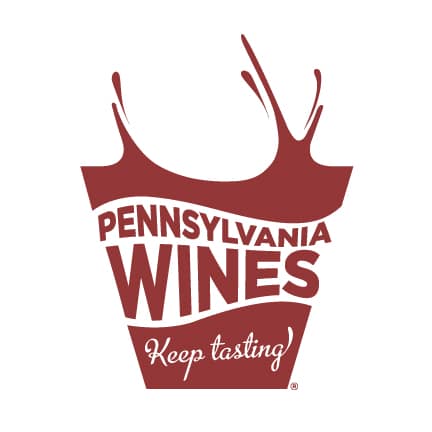
The Pennsylvania Winery Association (PWA) is a trade association that markets and advocates for the limited licensed wineries in Pennsylvania.
- Photo 1: Bigstock
- All other photos: Bella Terra Vineyards


